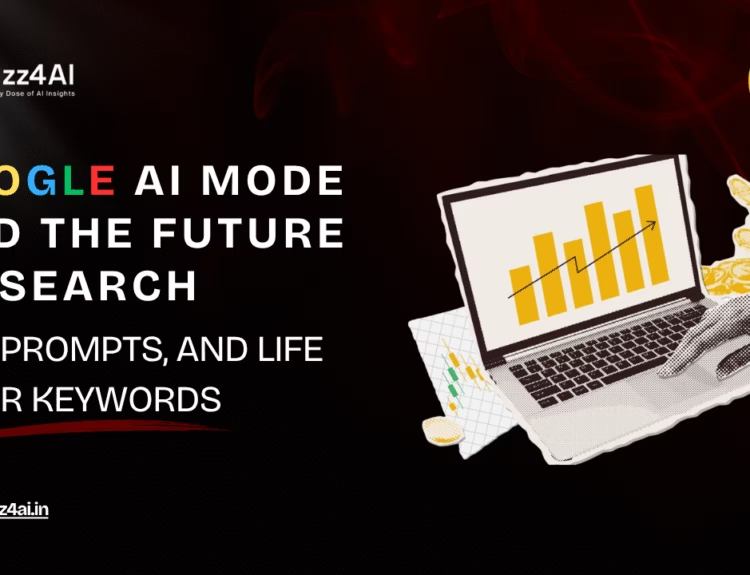SignGemma Announced by Google DeepMind, a groundbreaking AI model designed to translate sign language into spoken text.As part of the Gemma model family, SignGemma aims to bridge communication gaps for the Deaf and hard-of-hearing communities by providing real-time, accurate translations of sign language gestures into text. This innovation represents a significant step toward inclusive artificial intelligence.
 SignGemma is expected to be released near the end of the year | Photo Credit : X/Google DeepMind
SignGemma is expected to be released near the end of the year | Photo Credit : X/Google DeepMind
SignGemma Can Track Hand Movements and Facial Expressions
One of the most notable features of SignGemma is its ability to accurately interpret both hand movements and facial expressions. Utilizing advanced vision transformers, the model analyzes the nuances of sign language, capturing the intricacies of gestures and facial cues that are essential for accurate translation. This dual-focus approach ensures that the context and meaning behind each sign are preserved, providing users with reliable and meaningful translations.
In a post on X (formerly known as Twitter), the official handle of Google DeepMind shared a demo of the AI model and some details about its release date. However, this is not the first time we have seen SignGemma. It was also briefly showcased at the Google I/O event by Gus Martin, Gemma Product Manager at DeepMind.
During the showcase, Martins highlighted that the AI model is capable of providing text translation from sign language in real-time, making face-to-face communication seamless. The model was also trained on the datasets of different styles of sign languages, however, it performs the best with the American Sign Language (ASL) when translating it into the English language.
SignGemma is designed to operate on various devices including smartphones, tablets and laptops without requiring continuous access to internet.This offline functionality makes it particularly useful in areas with limited connectivity, ensuring that users can rely on the tool regardless of their location.
What’s Special About SignGemma
SignGemma stands out in the realm of AI-driven sign language translation for several reasons:
-
Open-Source Accessibility: Unlike many proprietary models, SignGemma is open-source, allowing developers and organizations to integrate and adapt the technology to suit their specific needs.
-
Multilingual Capabilities: While currently optimized for American Sign Language (ASL) and English, SignGemma is designed with multilingual support in mind, paving the way for future expansions to accommodate various sign languages and spoken languages.
-
Real-Time Translation: The model provides instantaneous translations, facilitating seamless face-to-face communication between sign language users and those unfamiliar with sign language.
-
Integration with Existing Technologies: As part of the Gemma model family, SignGemma can be integrated with other AI tools and platforms, enhancing its utility across different applications and services.
Some Key Advancements Include :
- Enhanced Accuracy: Through extensive training on diverse datasets, SignGemma achieves high accuracy in translating complex sign language gestures and expressions.
-
User-Centric Design: Developed in collaboration with Deaf communities and experts, the model emphasizes user experience, ensuring that the translations are not only accurate but also contextually appropriate.
-
Scalability: The model’s architecture allows for scalability, enabling it to handle a wide range of sign languages and dialects as more data becomes available.
-
Educational and Professional Applications: SignGemma’s capabilities extend beyond personal communication, offering potential benefits in educational settings, workplaces, and public services where sign language interpretation is essential.
Final Thoughts :
SignGemma by Google DeepMind marks a significant in the field of AI Technology.By leveraging advanced AI to facilitate real-time sign language translation, SignGemma empowers Deaf and hard-of-hearing individuals, enhancing their ability to communicate effectively in various contexts.
As the model continues to evolve and expand its language support, it holds the promise of breaking down communication barriers and fostering greater inclusivity worldwide.
For more posts visit buzz4ai.in



